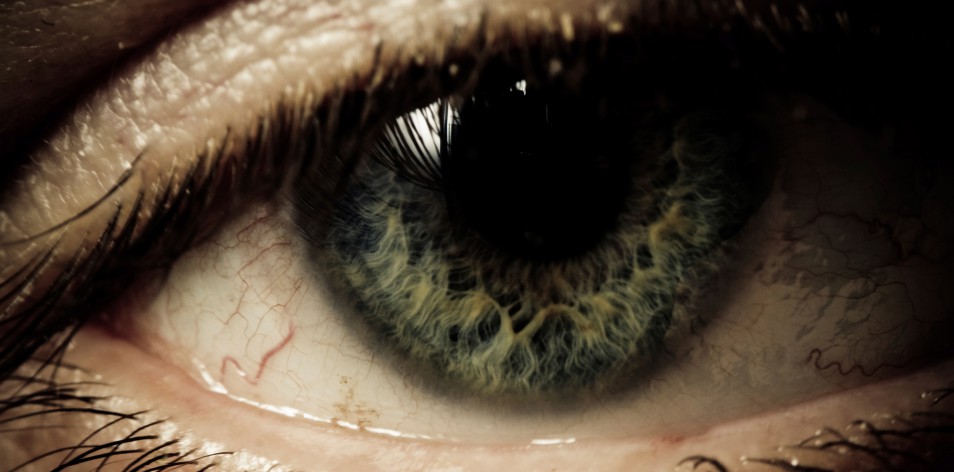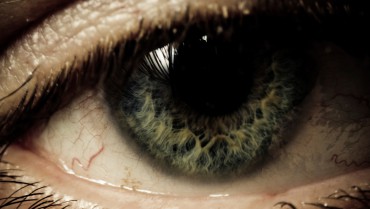There has been a beautiful evolution in the cataract surgery procedure that has ultimately led to safety, efficiency, and excellent outcomes. Surprisingly, traditional glaucoma surgery has seen less consistent refinement. Trabeculectomy, for example, has not significantly changed in the past 40 years. Or maybe trabeculectomy was just perfect from the beginning? Fortunately, recent technological and conceptual evolutions have allowed glaucoma drainage device surgery to evolve into a more efficient procedure. Over the past 5 years, I have been refining my sutureless technique for Ahmed valve placement. The technique takes advantage of careful wound construction, valve placement, and recently, the ReSure Sealant (Ocular Therapeutix).
SURGICAL TECHNIQUE
I begin by making a limbus-based incision about 5 mm posterior to the limbus in the superotemporal quadrant. This is key, as the patch graft will go in the anterior pocket that is created by this wound placement, and that pocket will completely secure the patch graft, making a suture unnecessary. Placing the incision farther back provides better access to the posterior location where the valve plate will be placed, and, therefore, a smaller dissection can be created. I make this incision just slightly smaller than the Ahmed valve itself and then squeeze the Ahmed valve through, wiggling it somewhat to get it into its location, just as when placing an IOL through a corneal incision.
In order to get the valve plate to sit behind the eye, I place the Ahmed valve as far behind the eye as possible. Once the Ahmed valve is more posterior than the equator of the globe, it will not come forward given normal eye anatomy, as the orbital rim will hold it in place. After the Ahmed valve is placed, I give it a small tug. The valve will not come forward, indicating that it does not need to be sutured (and if it moves forward, I suture it).
It is important to note that not suturing the valve plate to the sclera may also decrease the rate of diplopia. When the tube is sutured to the sclera, it is fixed into a location that may impinge on the extraocular muscles. However, when the valve is placed in the superotemporal quadrant, it will settle in whatever location the local anatomy determines. I have had no occurrences of diplopia in the past 150 Ahmed valve procedures I have performed without suturing the plate to the globe.
The next step is to place the Ahmed valve tip into the eye. The key is to create as long a scleral tunnel as possible. I use a 23-gauge needle and place the valve into a long opening of 4 mm or 5 mm. The resistance created by the long tunnel will hold the valve in place, rendering a suture unnecessary. I then put the patch graft into the pocket created by the limbal conjunctiva and tenons.
It should be noted that pericardium is ideal when hoping to avoid suturing. Cornea patch grafts, while excellent from a cosmetic standpoint, tend to allow the conjunctiva to slip over them a fair amount and will potentially recess. This may be fine because the cornea itself will protect against erosion, but it seems less ideal for a multilayered closure.
The final step is to close the conjunctival incision. For this, I have adopted the use of the ReSure Sealant. Although the ReSure Sealant is FDA approved for sealing clear corneal incisions after cataract surgery, I have found it works well for tube incision closure. Typically, I first use the sealant on my corneal incisions and then apply it to my glaucoma surgical incision in combined cases. I place the sealant into the gap created by the conjunctival incision and pinch the conjunctiva together using toothed forceps. I test how well it holds by injecting subconjunctival steroid and antibiotic in the surrounding region. The conjunctiva will balloon up without any leakage from this area, indicating an excellent seal. If the wounds have been constructed appropriately, there will be no tension on this tissue and no reason for wound dehiscence. The ReSure Sealant acts as a reminder for the tissue to stay in its normal anatomic place, with superior wound construction performing the bulk of the effort.
CONCLUSION
I have now performed more than 100 Ahmed valve procedures with the entirely sutureless technique and have concluded that outcomes are superior to when sutures are used. The procedure moves more quickly, there is less bleeding, and eyes are much less inflamed and can be tapered off topical steroids more quickly. Patients are more comfortable, and visual recovery is enhanced as well. This is exactly what we would expect from a more efficient procedure. Typically, less is truly more, and when unnecessary steps are avoided, particularly if those steps create inflammation, the benefits become exponential.


